The physical therapy marketing landscape has changed dramatically over the last decade, and COVID has only accelerated those changes. In 2021, digital advertising spend will overtake TV advertising for the first time.
There are three foundational components to an effective local digital marketing strategy:
Be known - You need to be visible within the communities you serve, especially when someone is searching for your services. 84% of patients who scheduled a physical therapy appointment ran a search prior to booking (Localology).
Be trusted - Patients are comparing multiple practices and online reviews are a major step in the patient journey. 94% of patients are using online reviews to evaluate health providers. (Software Advice)
Be easy to contact - Even though patients are searching online, an appointment will ultimately lead to a phone call, with 88% of appointments scheduled over the phone. (CNBC)
In this physical therapy marketing guide we will review the key strategies and tactics leading physical therapists are employing to acquire new patients online. We will also look at some of the key digital marketing trends in 2021 and beyond.
When a potential patient conducts a search for physical therapy (your location) there are several potential places for you to appear. The first area is in paid search advertisements at the top of page. To be visible at the top of the page you need to be running Google search advertisements. Within the ads you can also include rich snippets like your telephone number.
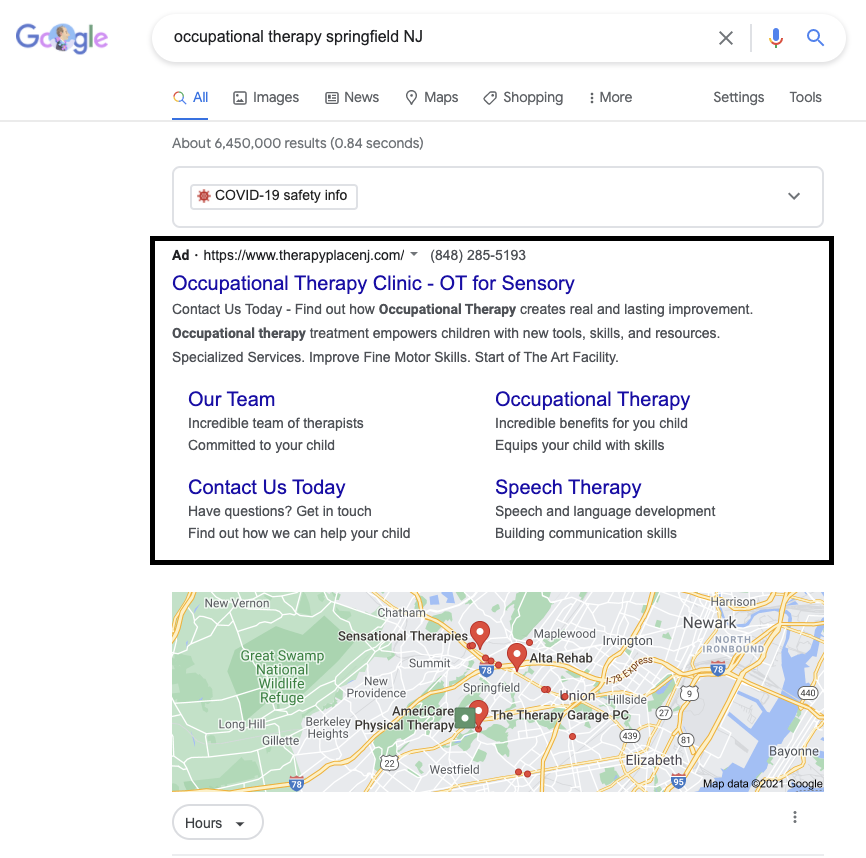
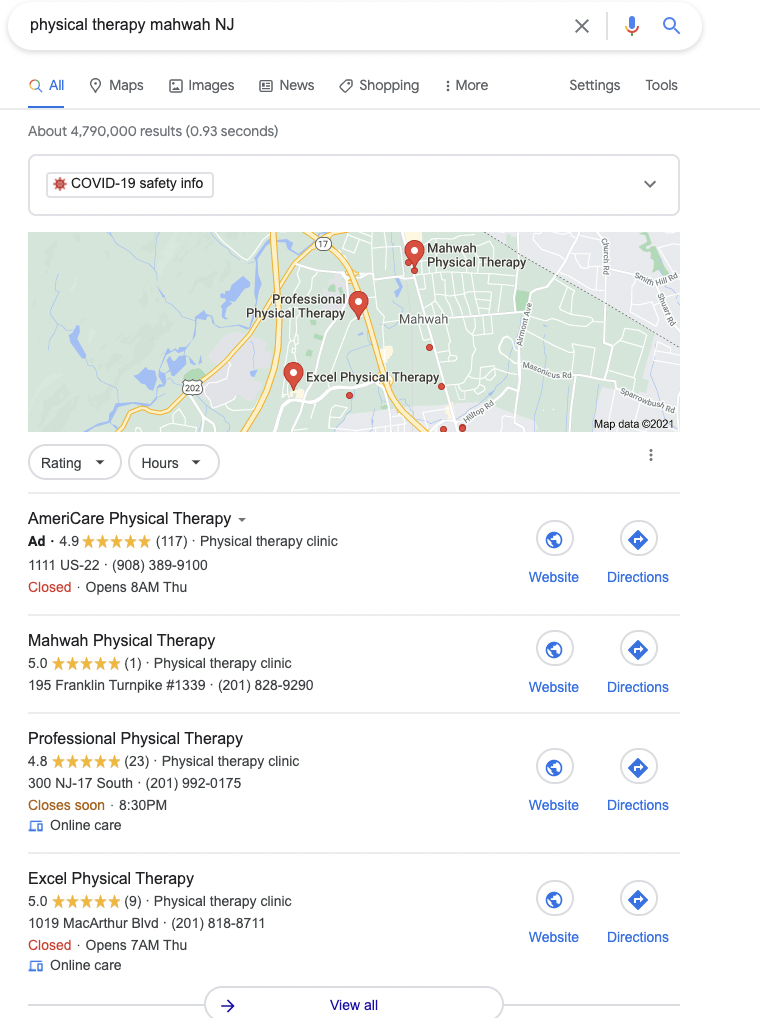
The results above show a paid local result with “Ad” in bold and three organic results below. The organic results are driven by a combination of three primary factors:
The last area where your practice can appear in the search results is within the organic search results. This is where your practice website will appear and where you appear will depend on how google views the authority and relevance of your website.
There was a fascinating study by Backlinko that analyzed over 5 million search results. The study found that the #1 result in Google had an average click through rate of 31.7%, meaning that almost a third of the traffic for a particular search went to the first result.
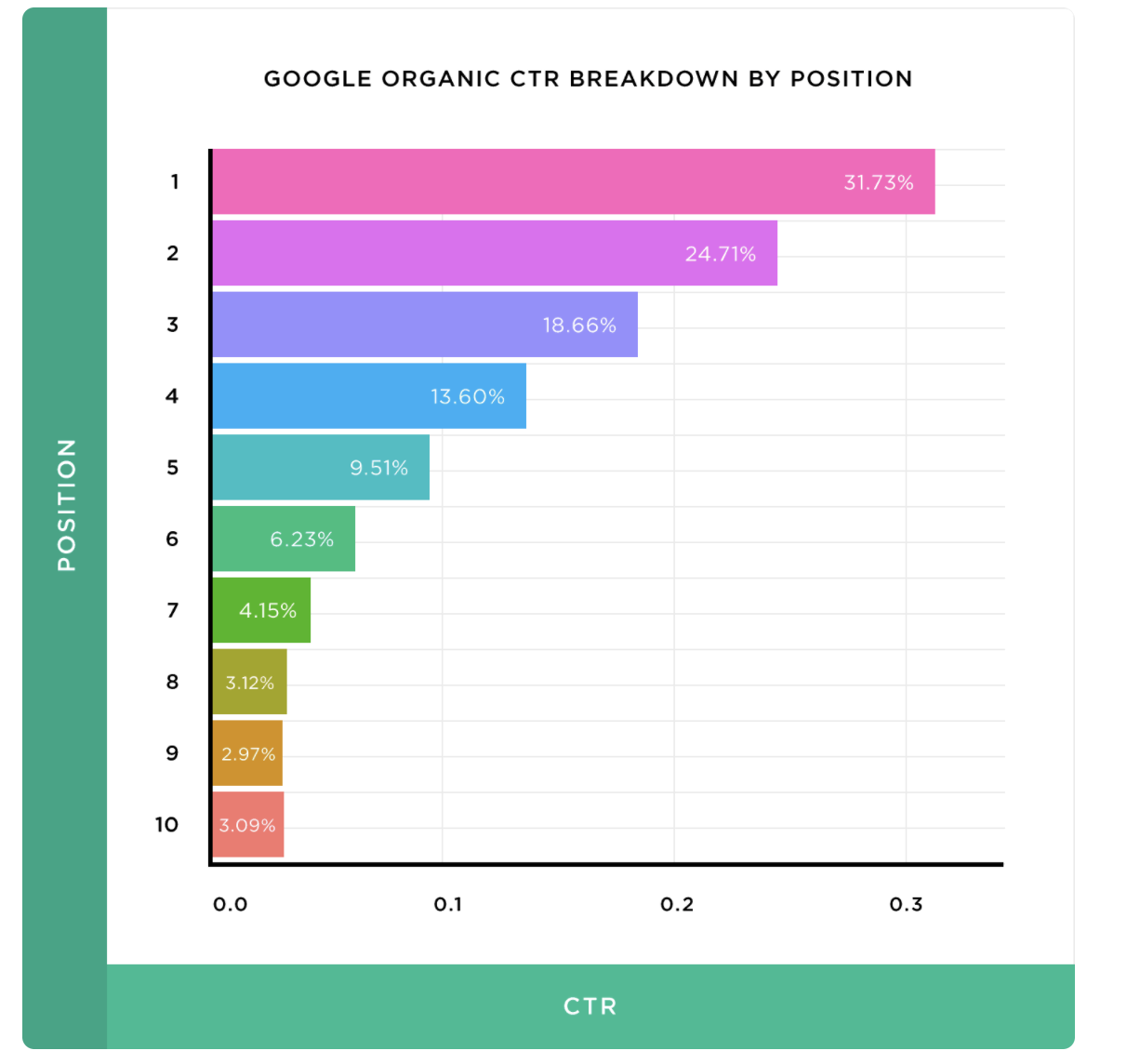
Since Google gives a greater priority to proximity it can be hard to attract new patients in areas outside of your primary location. We hear from many practice owners that their primary location is not even where they typically receive patients, but rather it is the surrounding towns. This is where paid “local pack ads” can really help. These type of ads appear at the top of the local results and display your practices Google MyBusiness profile.
In order for the ad to appear you would need a Google MyBusiness profile as well as a Google Ads account with local extensions enabled. The local ads are becoming more common and about 35% of all local search results contain a paid local ad. If you are not running these types of ads your competitors likely are. For a single practice location a budget of $600 per month can go a long way in getting your practice to top of the results for all of the communities surrounding your primary location.
There is a reason why national brands spend millions every year on brand advertising. Their goal is for you, the consumer, to recall their name and message at some point when you may need their service or product.
You can take a similar mindset to marketing your practice locally where you want to become recognizable and be the first practice that a potential patient thinks of when they need your help.
Facebook remains the most widely used social platform and they have tools that allow you to reach your target audience based on their demographics, location, and interests. A quick win local tactic is developing local guides that relate in some way to the service that you provide. For example, a physical therapist could create a local guide to the best hiking trails within your area to help your community stay active. You can also use holidays and other events on the calendar to come up with relevant content to keep your audience engaged. Here is an example of the American Heart Association using Star Wars day to create a post that generated close to 3,000 likes and more than 700 shares.
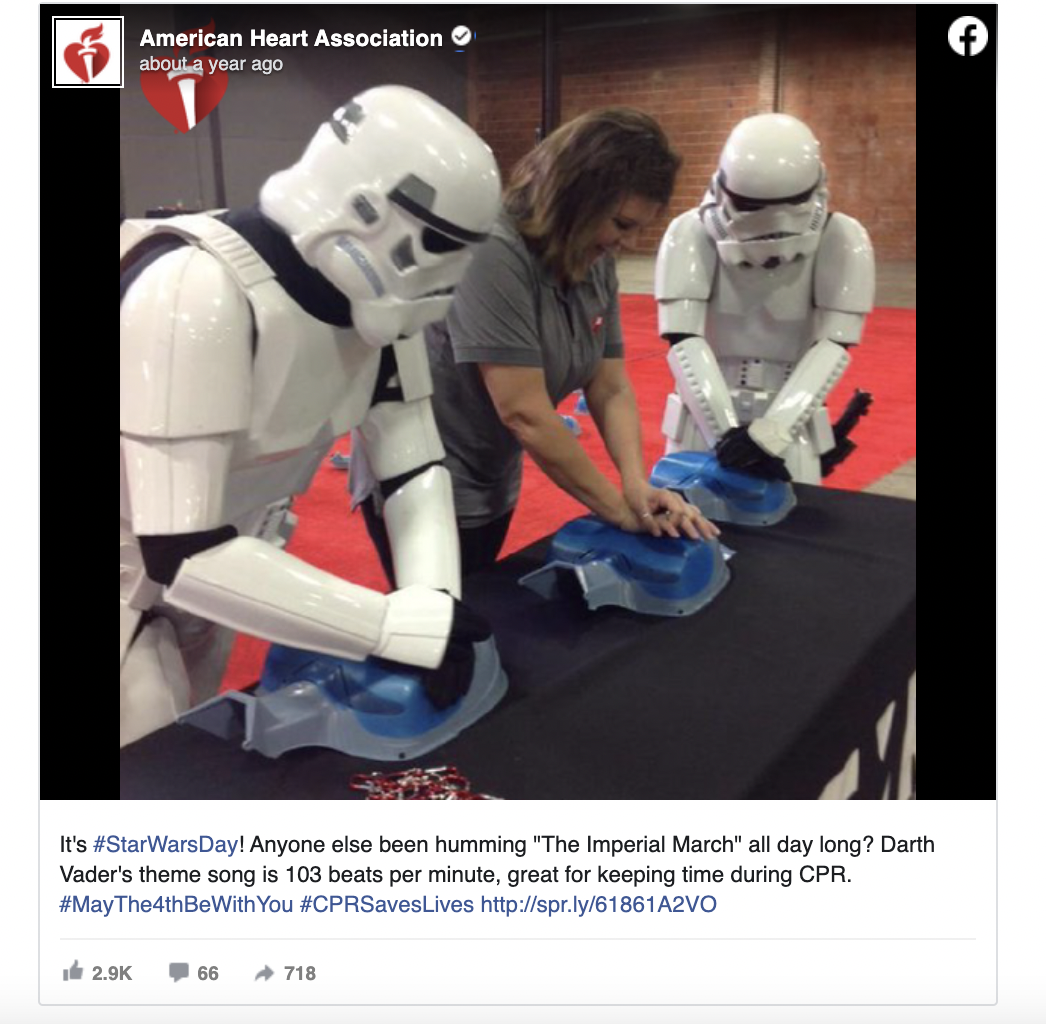
Patients many times are comparing multiple providers at the same time. If they are visiting your website they are also likely visiting your competitors website. Facebook and Google both allow you to target ads to patients who previously visited your website. A good place to start with retargeting is running ads on Facebook because it is generally easier to setup and more cost effective.
The average cost per click is going to be less on Facebook than on Google and you also only have one format to deal with when creating your ads. With Google Display your ad can be displayed on any website in various sizes and formats.
In addition to targeting based on website visits, if you have a list of patient emails you can target those specific patients or build an audience that has similar characteristics to your existing
For Physical Therapy Marketing it is important to note that Facebook guidelines do not allow advertisers to make references to personal traits about the audience, which includes words like “Back Pain” or any negative condition. Here are a few examples of what Facebook would allow or disapprove.
Online reviews are a critical component of the patient purchasing journey. 84% of consumers trust reviews as much as personal recommendations. (Inc.).
It is simply not enough to provide a great service. You need to be able to measure patient satisfaction and ultimately ask for a review. After a patient visit you can send an email asking to share feedback about their experience. In the below example, the patient is asked to rate their experience on a scale of 1 - 10
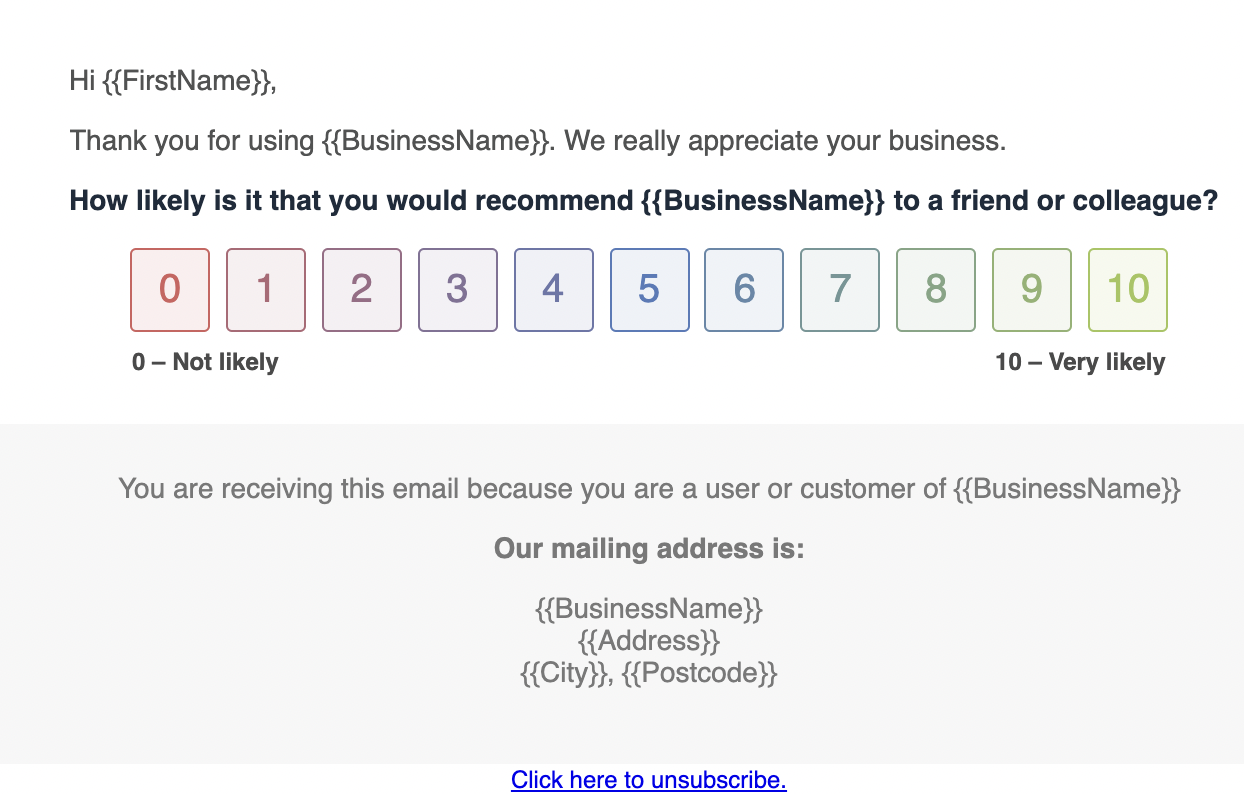
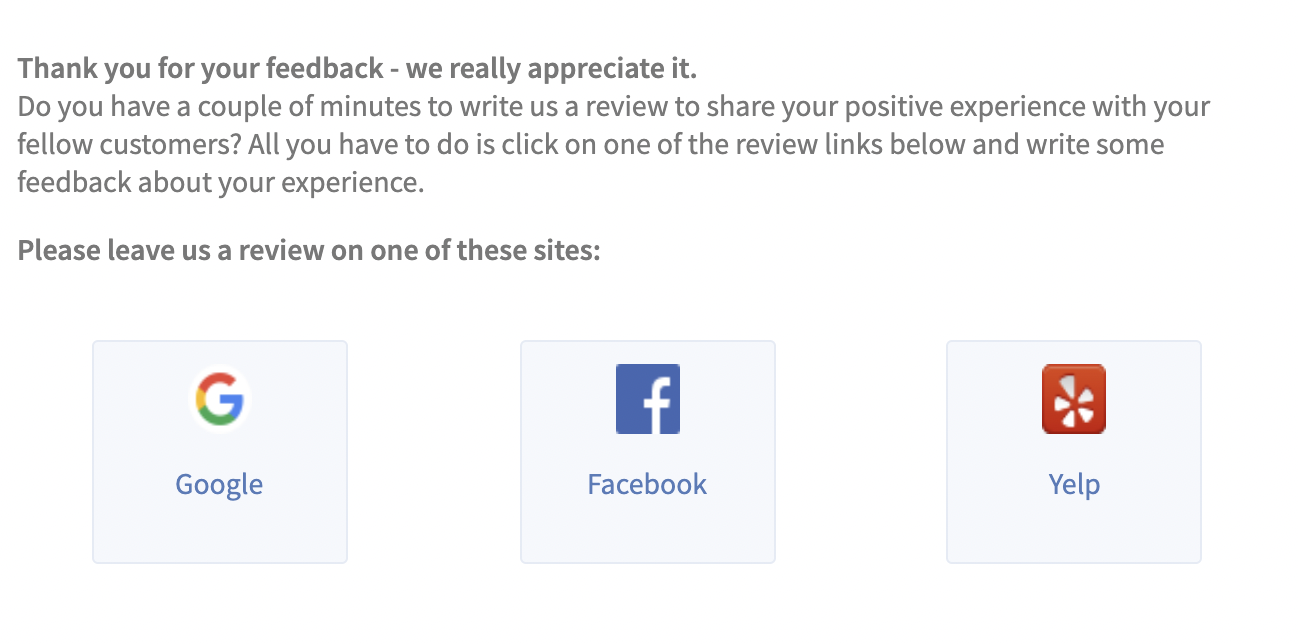
A signal that both Google and potential patients will look at is how often and well you respond to online reviews. Responding to positive reviews is an easy way for you to engage with happy customers that also improves your brand identity. When responding to a positive review:
Unfortunately you can’t just ignore negative reviews until they go away, Ignoring can actually make it worse, so you will need to craft a response. Remember that when you respond, it is not just to that single reviewer. Everyone will be able to see your response.
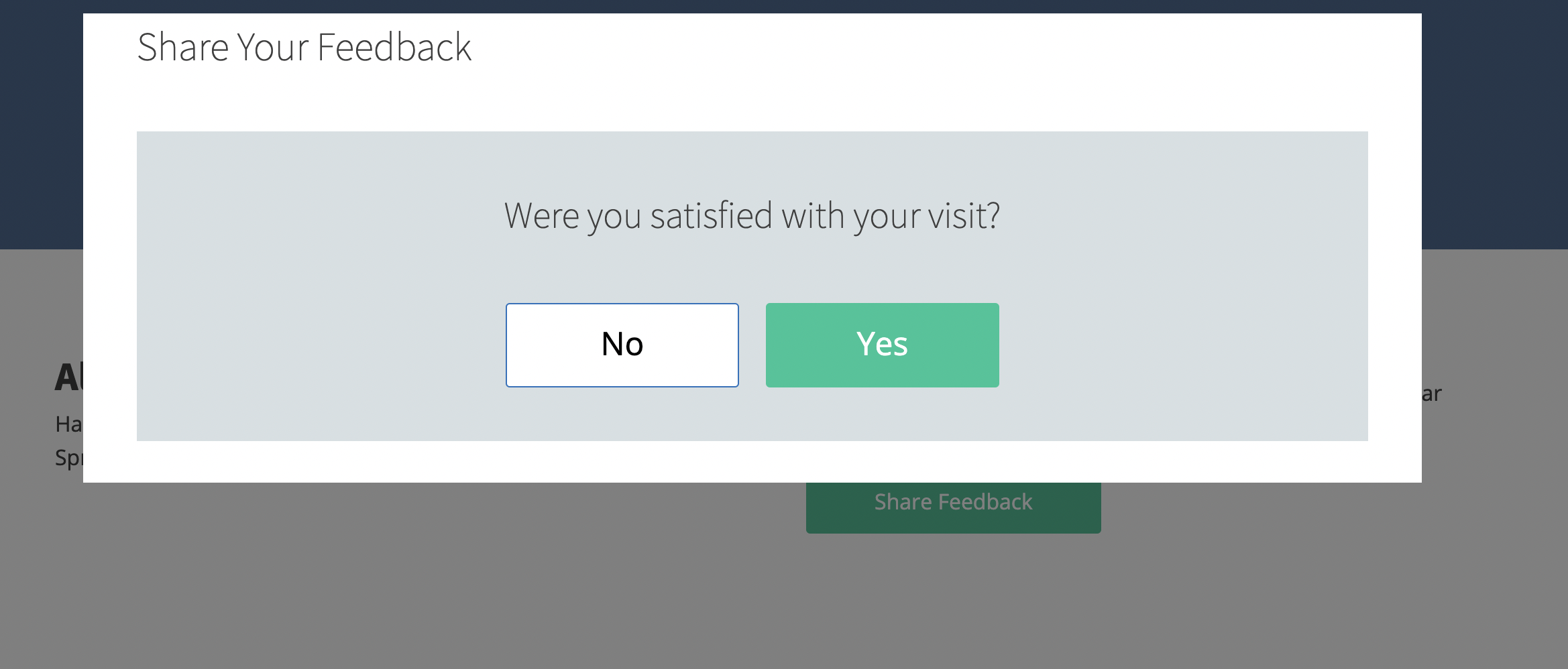

The digital landscape is in a constant state of evolution. Below are some of the key trends in 2021 and how you can capitalize on them.
Consumption of online video is growing exponentially faster than TV and there are nearly 8 billion videos consumed online each and every day. Video is especially powerful in social media marketing where 13.9% of videos receive engagement. This is by far the highest percentage of any other content medium on social.
Part of what is driving video to become so pervasive is the quality of video recording in mobile phones that makes it easy for just about anyone to create video content and upload it to the web.
For physical therapy marketing you can also create video content. You want to focus on content that is helpful and informative. A few ideas for a physical therapists would include;
The videos can be posted to your website, Youtube channel, and within social media.
Google takes into account over 200 different factors to determine a web pages ranking with each factor having a different weight. Recently, Google announced it would begin to include Core Web Vital statistics as part of its page experience ranking factor.
Core Web Vitals take into account a website’s performance by looking at largest content painful (LCP), first input delay, first input delay (FID), and cumulative layout shift (CLS).
The page experience score that will now include Core Web Vitals also includes mobile friendliness, the use of https vs. http, lack of pop-ups, and malware. You can check your performance against Google’s Core Web Vitals by using Google’s Search Console.
There are also free tools to check your website’s overall performance on both desktop and mobile. Two of the most popular are Google Pagespeed Insights and GTMetrix.
Featured snippets are snippets of text that appear at the top of Google’s Search results page for certain topics with the purpose being to quickly answer a searcher’s question. The content will come directly from a website and appear in the search results without having to click through to the web page.
Common items that you will see pulled into a featured snippet are tables, definitions of key terms, and lists. In the example below, Google pulled in content from Healthline to answer a question about low carb diets.
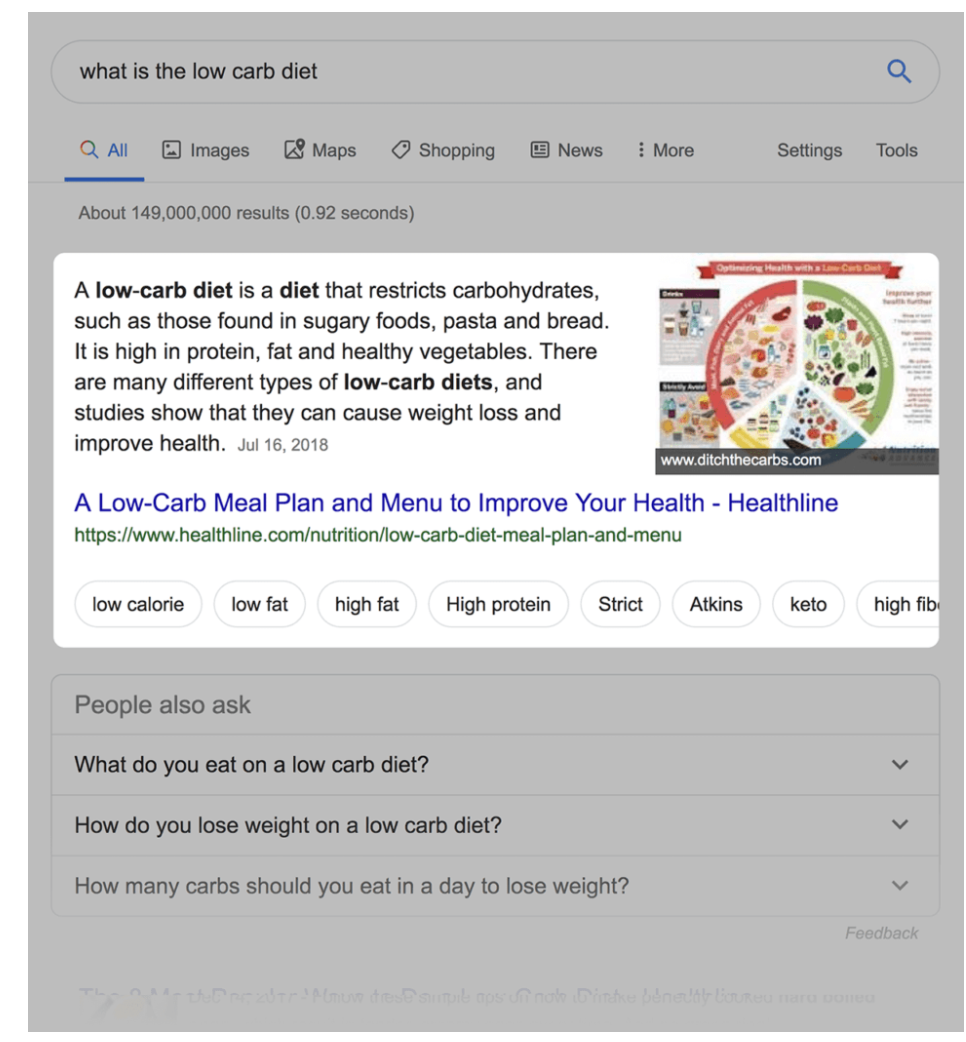
Phone: (201) 755-0568
Support: support@amplifyhealth.io
115 Franklin Tpke., Suite 230 Mahwah, NJ 07430